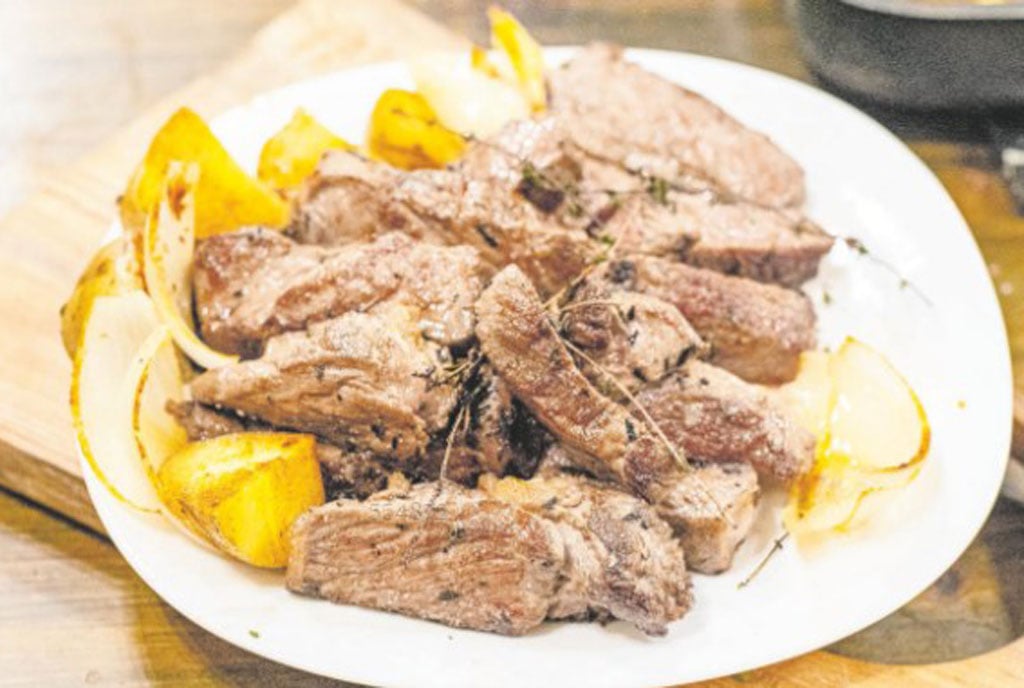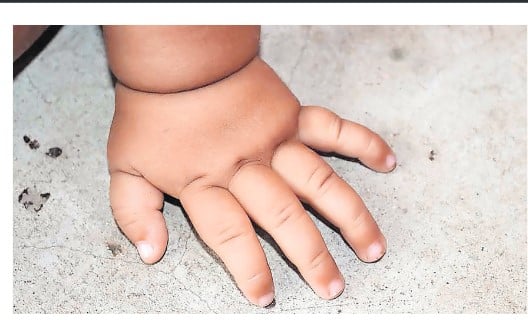
Beef, classified as red meat, contains more iron than chicken or fish. PHOTO | UNSPLASH.COM
According to the National Institute of Health (NIH), the body requires iron for growth and development. Iron is also essential for the production of haemoglobin, a protein in red blood cells that transports oxygen from the lungs to all parts of the body, and myoglobin, a protein that supplies oxygen to the muscles. A prolonged deficiency of iron can lead to anaemia, an iron deficiency.
For those looking to increase their iron intake through food or supplements, knowing how to incorporate this vital nutrient into meals can significantly impact overall well-being.
Millet
Millet contains approximately 100 grammes of the daily recommended iron intake. It can be prepared by making a paste with boiled warm or room temperature water and then cooking it with hot boiled water while stirring until smooth.
Millet is priced between Shs4,000 and Shs5,500 per kilogramme, depending on the supplier. Regina Nantege, a nutritionist, says mixing millet porridge with orange juice creates a nutritious meal since Vitamin C enhances iron absorption.
“If you prefer fermented bushera, that is even better, as the fermentation process increases the availability of iron,” she adds.
Spinach
Spinach contains about one milligramme of iron when raw and approximately 6.5 milligrams when steamed, says xxxx Kamala, a nutritionist. Steaming increases the availability of iron compared to consuming it raw. It is recommended to choose fresh spinach that has not been exposed to sunlight for too long. Always wash the spinach under running water and cut it with a sharp knife.
“It is recommended to cook spinach for no more than 10 minutes,” he explains.
Lentils
Lentils contain at least 6mg of iron and are a common food recommended for vegetarians, making them suitable for daily consumption. They are often paired with other legumes, such as black-eyed peas and kidney beans, along with their leafy counterparts. The leaves can be steamed, while the beans are typically boiled.
For red beans, it is advisable to consume the dry variety, as they provide significantly more iron than the canned versions. Nantege mentions that 100 grammes of boiled beans, usually represented as one heaped serving spoon (excluding the soup), contains about 2.7 mg of iron. She notes that many Ugandans typically have a 50-gram serving because they often add more soup than beans.
Fish
The iron content in fish varies by type, but it generally contains about 1.6 mg of iron per serving. Silverfish and Nile Perch are among the varieties that provide this benefit. Cooking fish by smoking or boiling is advisable, as smoking extends its shelf life while preserving its nutrients. One kilogramme of fish costs around Shs20,000, depending on the market.
Liver
Liver is an excellent source of iron, providing about 6.5 mg of the recommended daily allowance . Various animal organs also contain significant iron quantities. Nantege points out that 100 grammes of boiled chicken liver contains approximately 8.9 mg of iron. Since one chicken liver typically weighs between 20 and 35 grammes, one would need to consume three to five pieces to reach 100 grammes.
In comparison, 100 grammes of cow liver provides 6.5 mg of iron. The price of one kilogramme of liver is roughly Shs18,000.
Beef
Beef, classified as red meat, contains more iron than chicken or fish. It is usually served as roasts, ribs, or steaks and is often ground or minced for sausages and patties, which are commonly used in burgers.
Nantege says 100 grammes of boiled lean beef provides about 2.6 mg of iron, which corresponds to approximately five to six pieces of beef. She advises those on a low-fat diet to opt for lean cuts. While the best cuts of beef often have a higher fat content, lean cuts are not only healthier but can also be flavourful.
Although beef is a great source of protein, healthline.com warns that excessive consumption has been linked to an increased risk of heart disease and cancer. The price for one kilogramme of beef is around Shs16,000, depending on where it is purchased.
Hibiscus juice
This juice contains three milligrams of iron per 300 millilitres. It also has vitamin C, which especially supports the absorption of plant-based iron. Nantege says hibiscus flowers can be purchased from local markets for as low as Shs1,000, and are also available in powder form.
Who is at risk of iron deficiency?
Certain groups of people are at a higher risk of iron deficiency, including pregnant women, menstruating women (especially those with heavy menstrual bleeding), infants and young children (due to their rapid growth and limited iron reserves). Others include individuals with gastrointestinal conditions that affect nutrient absorption (such as celiac disease or inflammatory bowel disease), people with cancer, those with heart failure, individuals following a vegetarian or vegan diet, and frequent blood donors.
Absorption from supplements
Iron absorption is best achieved when supplements are taken on an empty stomach. However, this practice can lead to gut discomfort and nausea. As a result, manufacturers often produce supplements with higher doses than the daily requirement of 11 mg. This means that even if one absorbs only 10 percent of a 100 mg pill, they will still meet the body's iron needs.
FOOD PAIRING
Pairing iron-rich foods with those rich in vitamin C can enhance iron absorption, as iron is better absorbed in an acidic environment. This pairing is particularly beneficial for plantbased sources of iron, which have lower bioavailability (they are less absorbable). This is because plant sources of iron are in a non-heme form, while the body absorbs heme iron more effectively. “People who consume animal-based diets are more likely to get adequate iron compared to those on plant-based diets, which is why there are higher cases of anaemia in low-resource settings,” says Rachael Nantege, a nutritionist.




